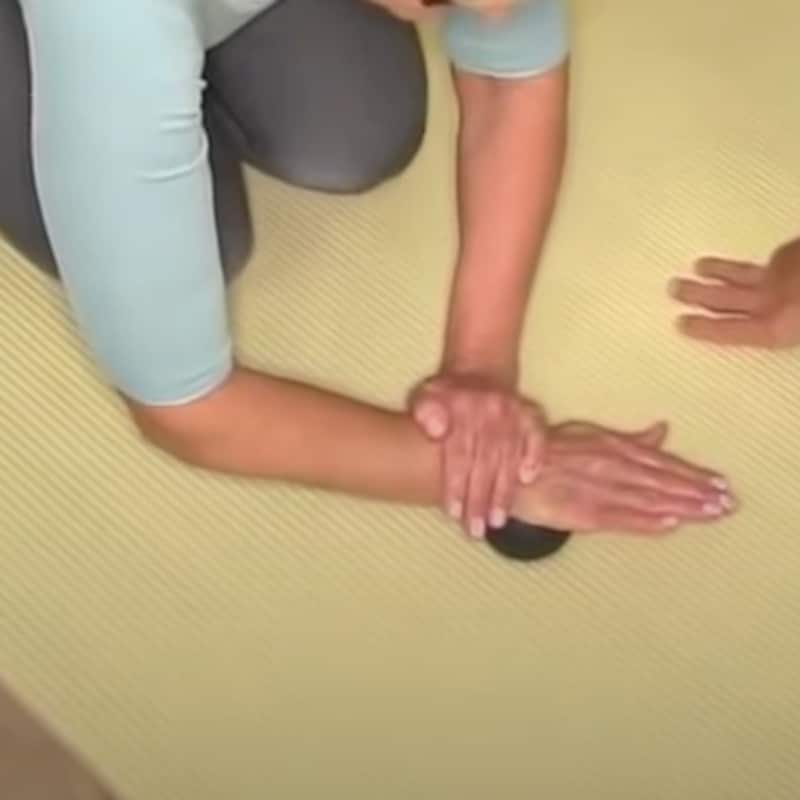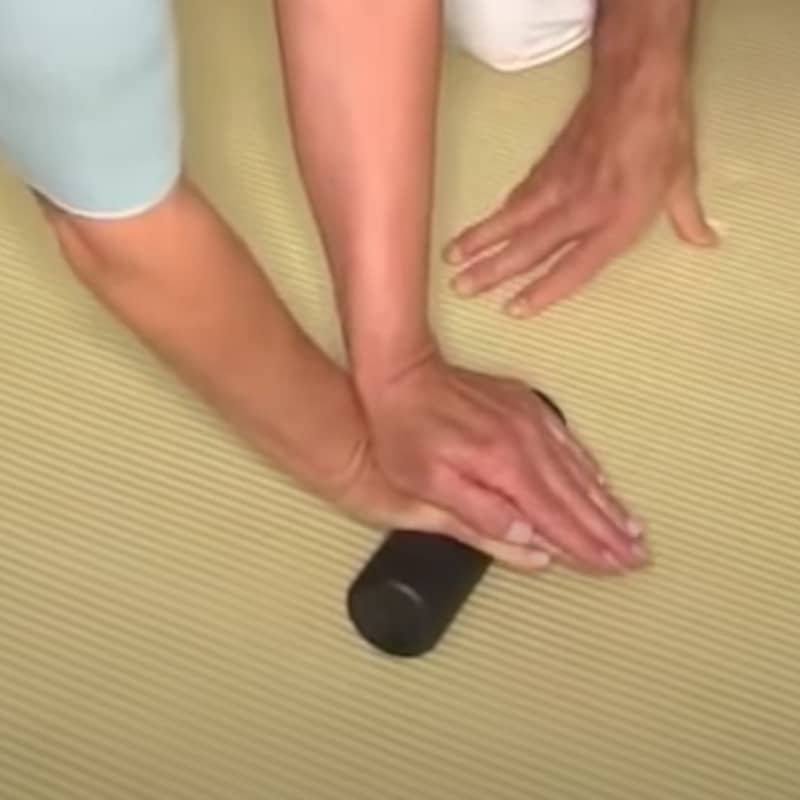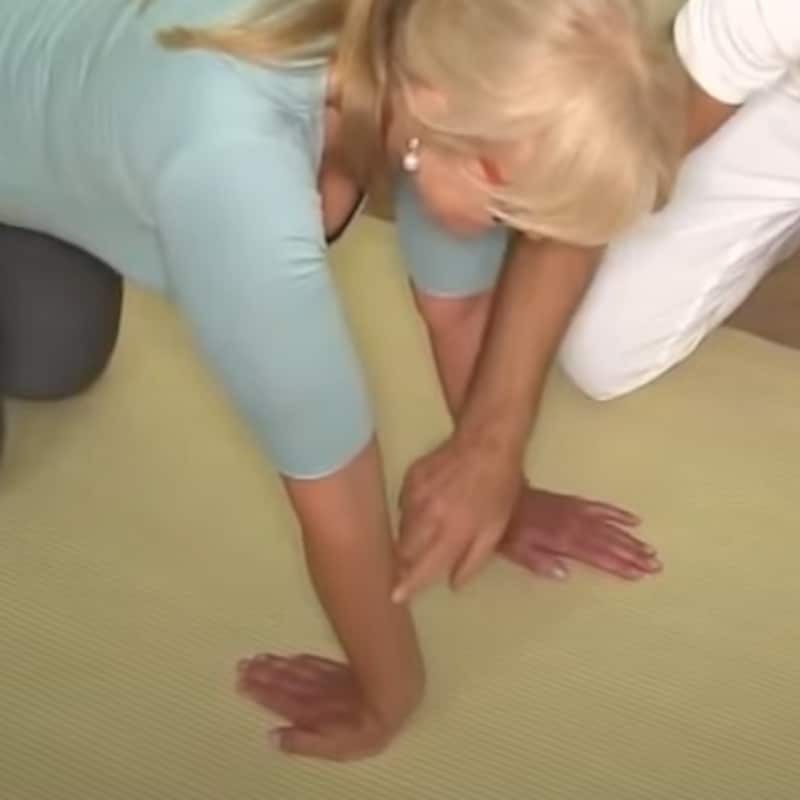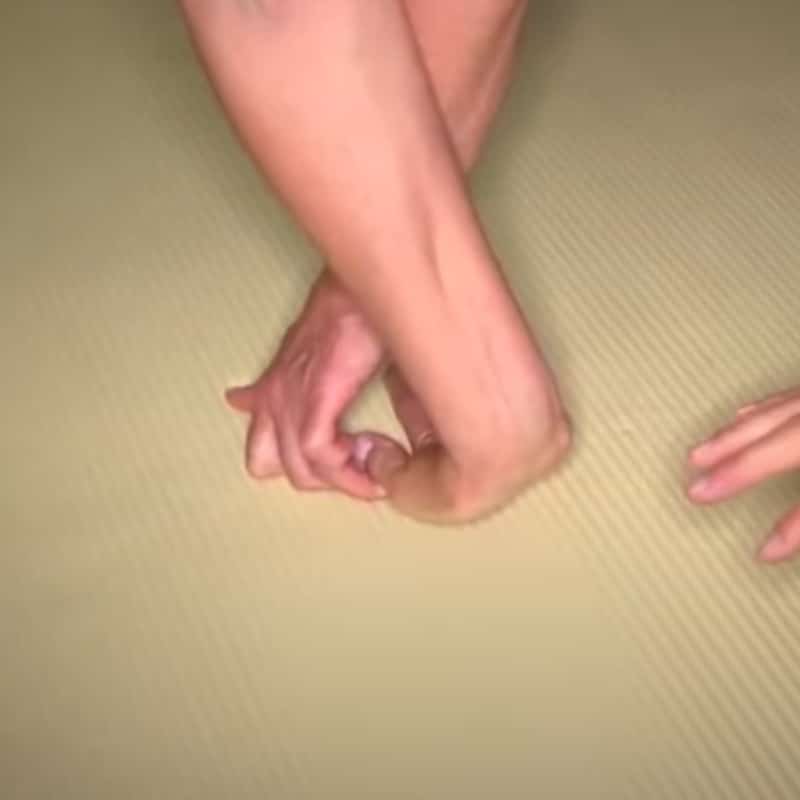Carpal tunnel exercises
Body Part:
Hand
Equipment:
Mini Massage Ball & Mini Foam Roller
Level:
Beginner
Body Part:
Hand
Equipment:
Mini Massage Ball & Mini Foam Roller
Level:
Beginner
Do you remember when you could work all day at your keyboard, and all your fingers felt was the clicking of the keys? When you would drive your car, your hands felt the force of the steering wheel, and that was it? Back when you could turn your key in the door, the lock clicked, and you didn’t give door-opening another thought? Those were the days before you had carpal tunnel syndrome. And you weren’t painfully aware of performing simple activities.
You’re not alone in suffering through daily operations because of wrist pain. Worldwide, carpal tunnel syndrome is the most common form of nerve compression1), affecting over 8 million people each year. It is estimated that carpal tunnel syndrome costs employers millions in medical costs and lost productivity.
Carpal tunnel syndrome occurs when your median nerve is compressed. This lengthy nerve, which runs through your forearm, carpal tunnel, and into all of your fingers except your pinky, is responsible for sensation in your fingers and controls the movement of your hands. Activities that require repetitive hand motion (like typing, working with tools, playing certain musical instruments and sports) can irritate your tendons and cause swelling. The result is less space in your carpal tunnel and pressure on the median nerve.
Symptoms of carpal tunnel syndrome include pain, burning, numbness, tingling hands or tingling arms. You may also experience shock-like sensations in your fingers or weakness in your hands which can lead to dropping objects or not being able to perform smaller manual tasks like unscrewing the top from a bottle.
You can alleviate carpal tunnel pain quickly and easily with our carpal tunnel exercises. We’ve developed a routine that only takes 10 minutes and you can do it anywhere. All you need is our mini massage ball and mini foam roller. Check out our YouTube video below or scroll down to get step-by-step instructions on how to perform our carpal tunnel exercises.
To perform our carpal tunnel massages, you’ll need our mini massage ball and mini foam roller. You can perform these wrist massages on the floor or on a table.
Buy now

Roll slowly. Spend about 2 minutes on each side.


Perform our carpal tunnel exercises 6 days a week for a 3-week sprint. When your wrist pain subsides, you can stop exercising. If it persists, continue until the pain is alleviated.

Then we would be happy if you shared it with your friends: